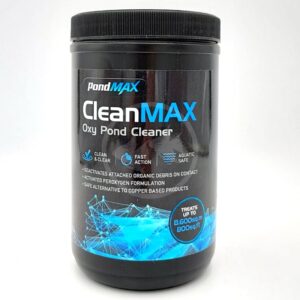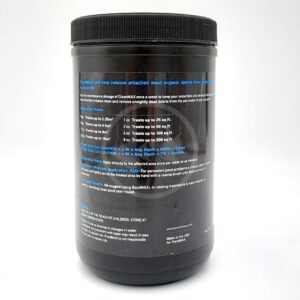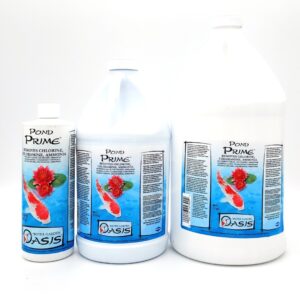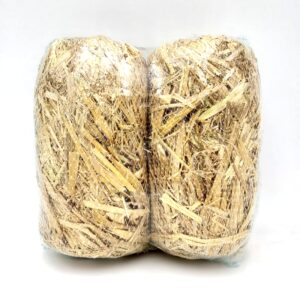Spring Pond Opening

Spring for a pond starts as soon as the ice is melted. The ice works as a barrier to the sun, when this is removed, algae can start to gain traction. The sooner you begin spring pond opening in spring, the better your results and momentum will be throughout summer.
FIRST STEPS
The first thing in this journey should be turning on UV sterilizers, and/or implementing barley straw. Both of these work best as an algae prevention measure. Next up would be to perform a partial water change as soon as the weather, and your skin, permit. The amount of water removed may be as little as 20% if the pond was well prepared for winter, or up to 50% if there is an accumulation of dead leaves and other debris. 100% changes should be reserved for ponds that contain no fish, plants, or other livestock, or that have suffered major losses of the previous winter. During this exchange do your best to remove any and all debris and organic material accumulation. Once warmer weather arrives, a bacteria additive can encourage the remaining pieces to decompose naturally without dramatically fouling the water.

EQUIPMENT
When the water level is low, this is a perfect time to inspect all your equipment as well as the integrity of your pond liner. It is far easier to replace them now when the water is out of your way.
Any pumps that were used over winter should be taken out and cleaned to prepare them for a summer of hard work. Be sure to know how to get into the impeller well. This is often an overlooked area, and can easily improve reliability and flow rate once cleaned up.
Any filters that may have been running during winter should be fully cleaned to prepare for summer to evade any unnecessary organic material breakdown.
FISH & PLANTS
Hardy plants that spent the winter in the pond should be inspected as well. If no new growth is visible above the soil, the rootstock should be examined for signs of decay. Discard any plants you may have completely lost. On the other hand, some plants may have now outgrown their original pot. Replanting or dividing the plant is easier to do at this time when much more of the growing season is ahead. For plants that may be struggling, bringing them closer to the edge or raising them up closer to the surface can be very beneficial for new leaves searching for the sunlight. Take a good look at your fish as well. Do their eyes and bodies look clear from wounds or abscesses? Again, this is a much easier time to evaluate them when they are slower moving and in shallower water.

FINISHING UP
Now you may refill the pond. Ideally let the garden hose trickle into the pond over the next several hours or even days. (Be sure to use a dechlorinator if you have community/city water.) This will help with acclimation of the fish and plants. Once the pond has resumed its normal water level, you may fire up your equipment. Any additives for maintenance and prevention may also be implemented and purchased at this time.
SEACHEM POND PRIME
Price range: $22.99 through $499.99AQUATICS UNLIMITED BARLEY STRAW
Price range: $10.99 through $16.99Finally, don’t feed your fish. Wait to begin feeding until the pond water is above 50°F and make sure you are offering a “Spring and Fall” blend food. These typically contain wheat germ and have lower protein content. It can cause quite the mess if you feed too early or feed a food they can’t properly digest at this time.







